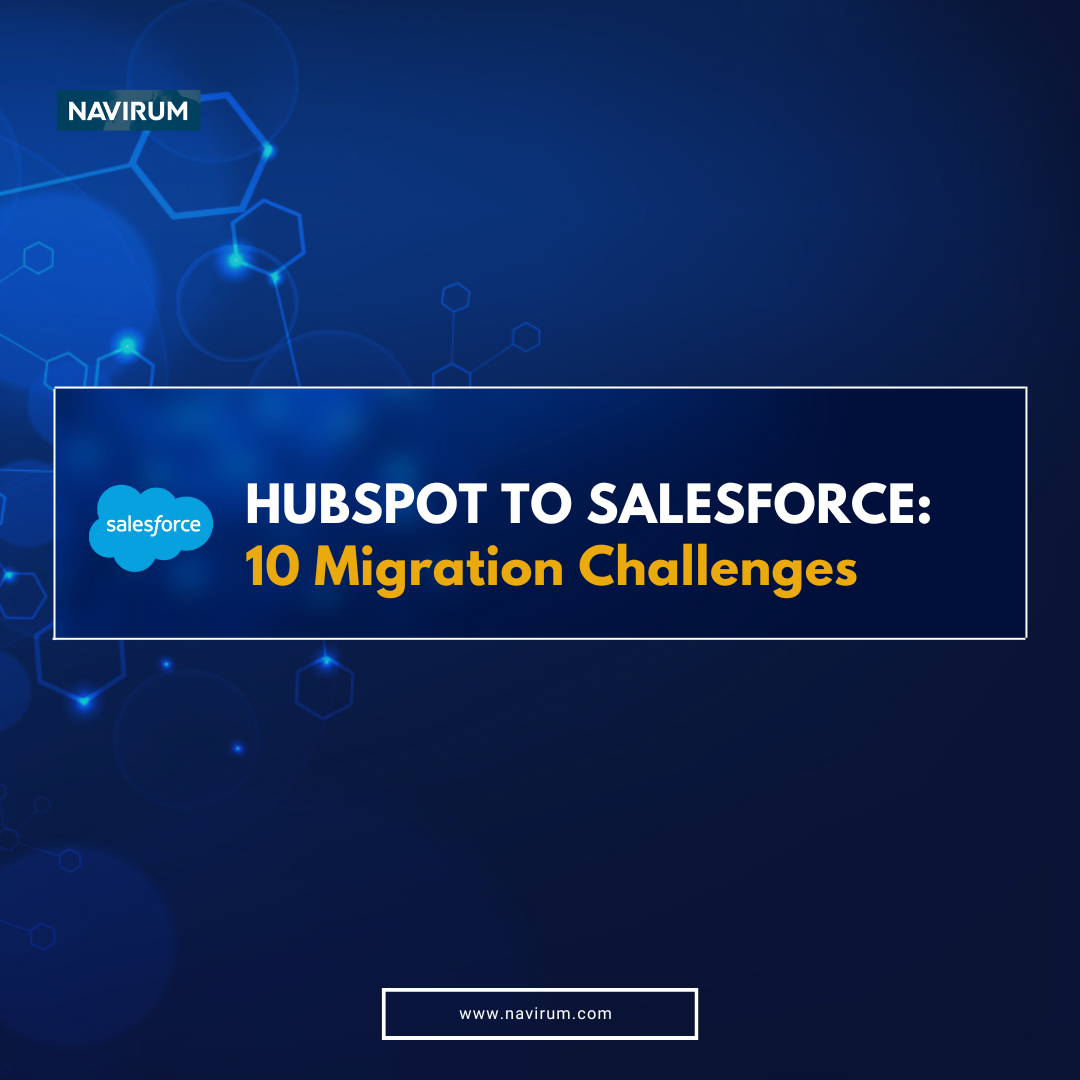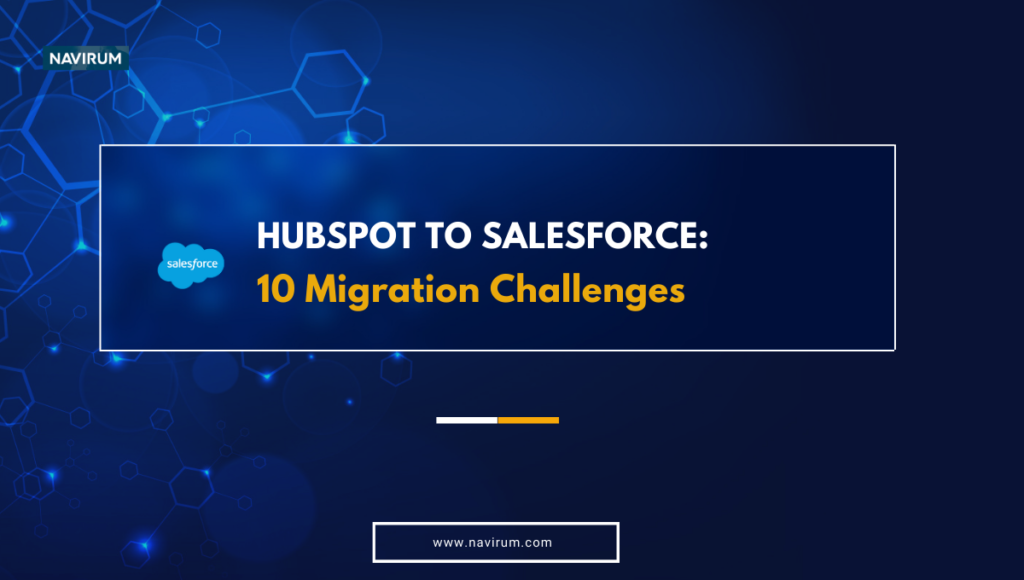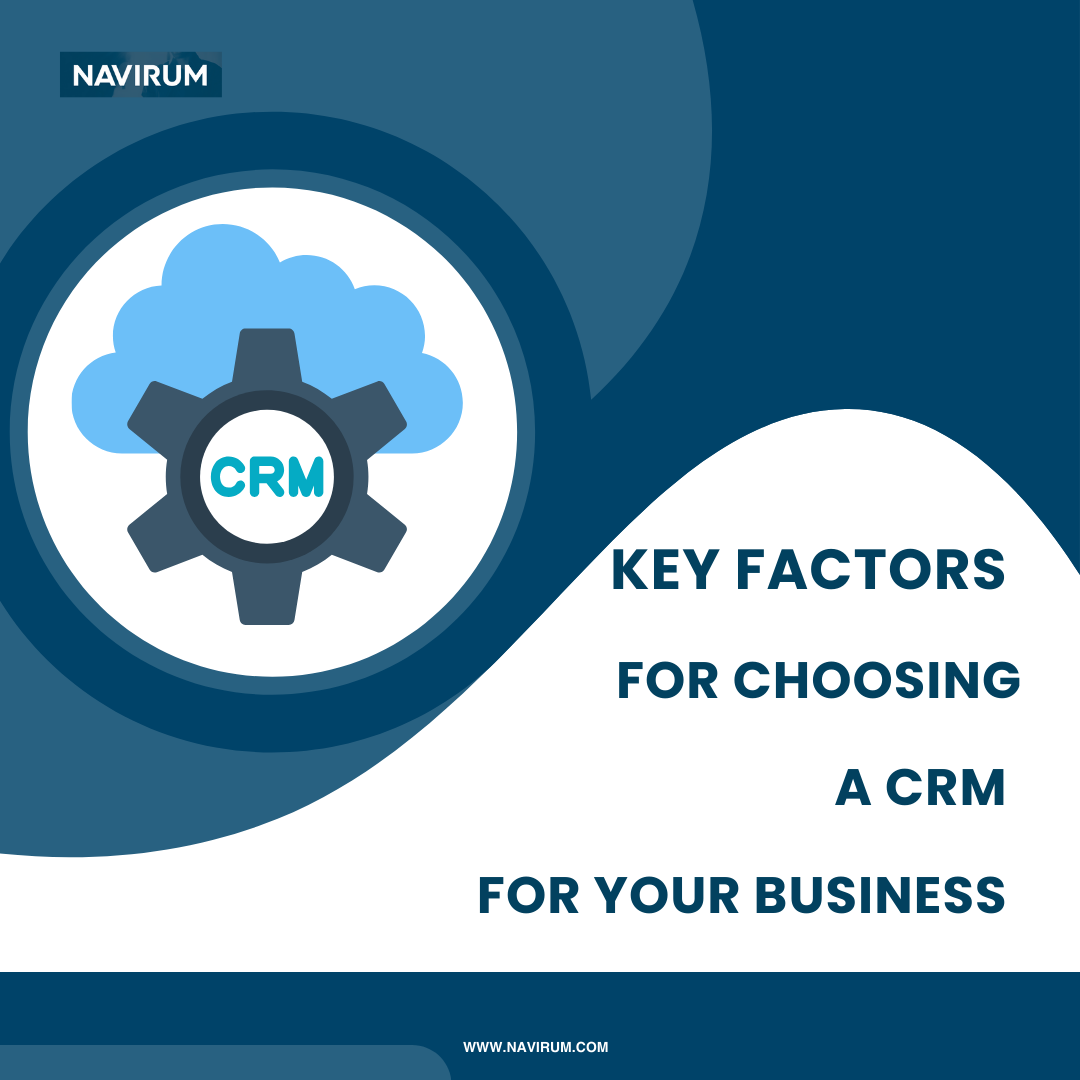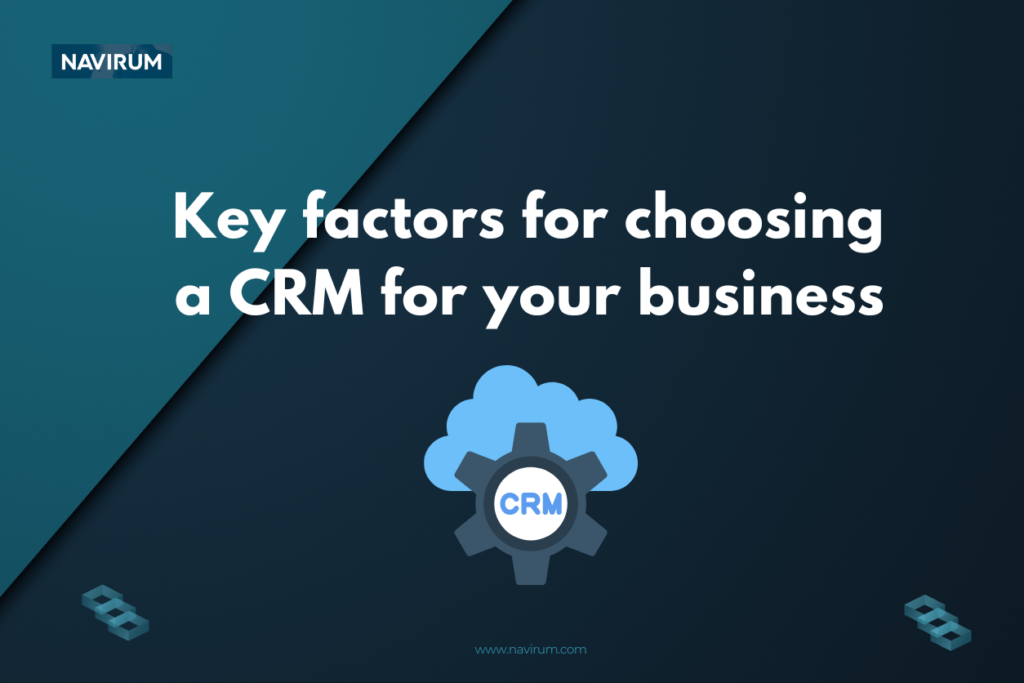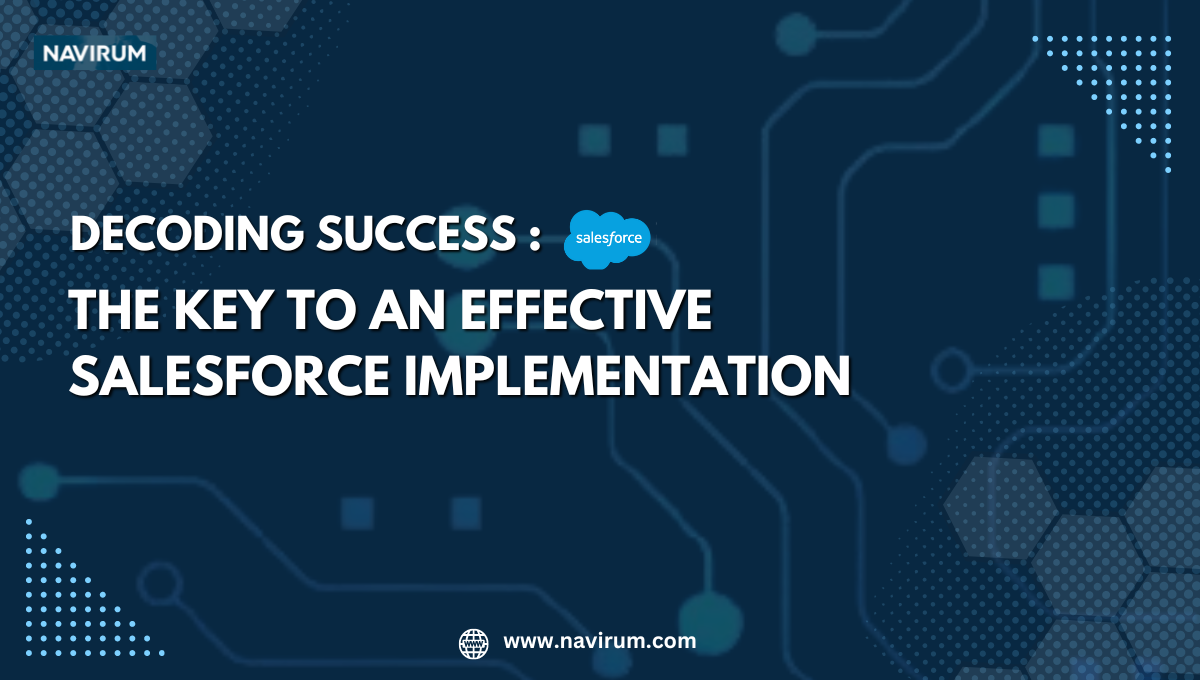
Wondering which one of the top financial planning tools in Canada to choose? Technology is transforming financial planning, granting access to sophisticated tools once reserved for professionals. Advanced algorithms and data analytics empower users with personalized plans, real-time analysis, and predictive insights. Seamless integration across accounts offers a holistic view of finances, streamlining the planning process.
This democratization enables individuals to make informed decisions, optimize strategies, and achieve goals more efficiently. With technology’s aid, financial planning becomes accessible, precise, and empowering, fostering a more secure financial future for all.
We understand the importance of leveraging cutting-edge technology to achieve your financial goals. That’s why’ve asked our specialists to compile a list of four of the top financial planning tools in Canada to help you navigate your financial journey with confidence.
- Conquest is a powerful tool designed to help you conquer your financial challenges. With its intuitive interface and comprehensive features, Conquest empowers users to create personalized financial plans tailored to their unique goals and circumstances. Whether you’re planning for retirement, saving for your children’s education, or managing debt, Conquest provides the tools and insights you need to make informed decisions and stay on track towards financial success.
- Snap Financial Planning is a tool that simplifies the financial planning process. With its user-friendly interface and robust features, Snap makes it easy to create and visualize your financial goals, track your progress, and adjust your plan as needed. From budgeting and expense tracking to investment management and retirement planning, Snap has you covered every step of the way. Plus, with its seamless integration with Salesforce, Snap ensures that your financial data is always up-to-date and easily accessible.
- Naviplan is a trusted name in the financial planning industry, known for its advanced planning capabilities and sophisticated analysis tools. Whether you’re a financial advisor or an individual investor, Naviplan offers a range of solutions to help you optimize your financial strategy and achieve your long-term objectives. From detailed cash flow projections and tax planning to risk management and estate planning, Naviplan provides the insights and guidance you need to make informed decisions and maximize your financial potential.
- Planworth is a comprehensive financial planning tool that combines advanced analytics with personalized recommendations to help you reach your financial goals faster. With its intelligent algorithms and customizable features, Planworth takes the guesswork out of financial planning, allowing you to focus on what matters most. Whether you’re planning for retirement, buying a home, or starting a family, Plansworth provides the tools and expertise you need to succeed.
The right financial planning tools can make all the difference in achieving your financial goals. Whether you’re a seasoned investor or just starting out on your financial journey, these top tools in Canada – Conquest, Snap, Naviplan, and Planworth – offer the features, insights, and guidance you need to take control of your finances and build a brighter future.
At Navirum, we’re committed to helping you harness the power of technology to unlock your financial potential. Contact us today to learn more about how we can support your financial goals with our Salesforce consulting and advisory services.












